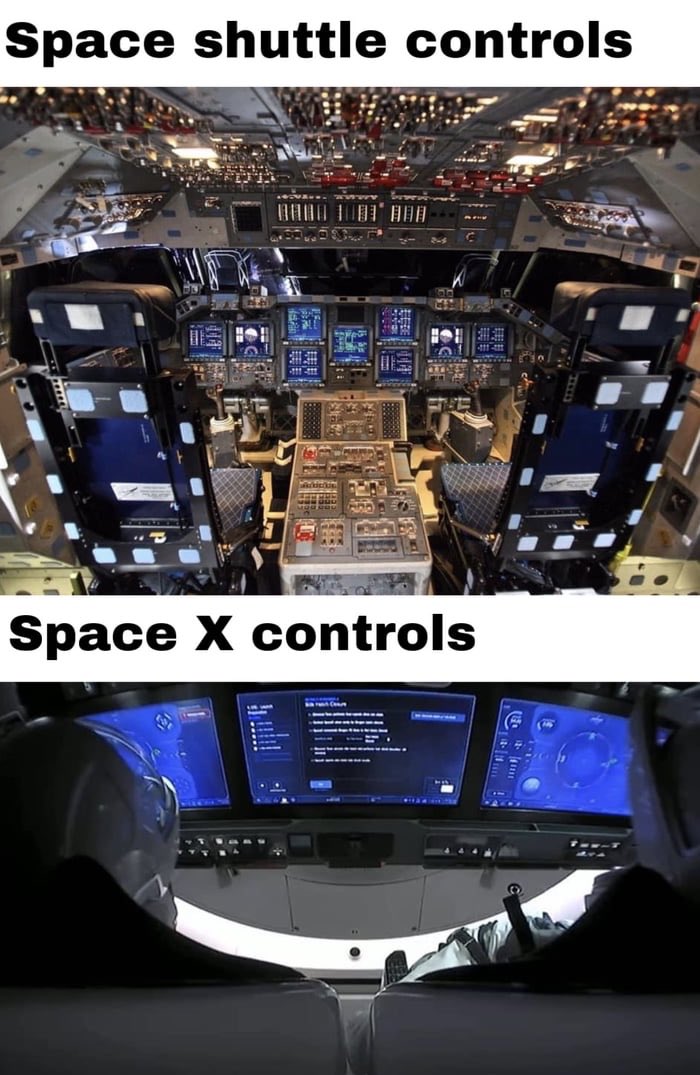On Building Good Products
In 1996, Oral-B asked IDEO, a design company, to help them build a toothbrush for kids. The prevailing hypothesis till then was that children, who have smaller hands, needed smaller toothbrushes. So they took adult-sized toothbrushes and made them smaller and thinner. The approach sounds intuitive, but it completely missed the mark.
The IDEO field research team went and observed 50 kids doing brush two times a day. They realized that children brush their teeth differently than how adults do it. Unlike adults, children grab the entire toothbrush with their fist. They lack the dexterity that adults have to move the toothbrush around their fingers. Thinner toothbrushes made their job even more difficult. What children needed were big, fat toothbrushes. Oral-B went ahead with the recommendation, and it became the best seller in the category.
When Tesla built the Crew Dragon capsule, it completely reimagined the control panel. They incorporated all the advancements in design & touch technology, worked with the leading astronauts, and simplified everything.
When building products, it’s essential to understand - and identify - the customer’s key pain points. And there is no better way than to talk to the customers, show them the product, and closely observe their behavior.
We recently got a chance to apply this learning, yet again. Over the last couple of weeks, we have been working closely with our first potential enterprise client. It has been fascinating to be part of these discussions and see how a real user of the product sees it differently from those who make it.
When users see a product, they see it from a different perspective than the maker. The most important question in their mind - is the product comprehensive. Will this serve all our needs? What if the guest is paying the food bills, but the company is paying the room bill? What if the guest needs a pickup from the airport? Will the product send the reminder at the right time?
Next, while there might be breadth in the feature set, is there depth too? Does your product generate the night audit report, and the daily revenue report, and the guest arrival report? Does it have all the fields required by not only the FDM (Front Desk Manager) but also by the finance team?
And finally, the UX question. Would it be easy for power users to use the product? Will I be able to create a 50 room bulk booking using your tool? What happens if I have 20 browser tabs of your product open? Will I be able to know which one is which?
A founder of a SAAS company once gave me this advice - your first couple of customers will tell (teach) you all you need to know about their business and the product they need. The onus would be on you, how intently you listen to them.
The way you build a toothbrush for kids is by seeing kids use it. The way you build a better space capsule is by talking to the astronauts. And the way you build a better enterprise product is by building it for a real client.
A great timely reminder!
Best,
Kaddy

